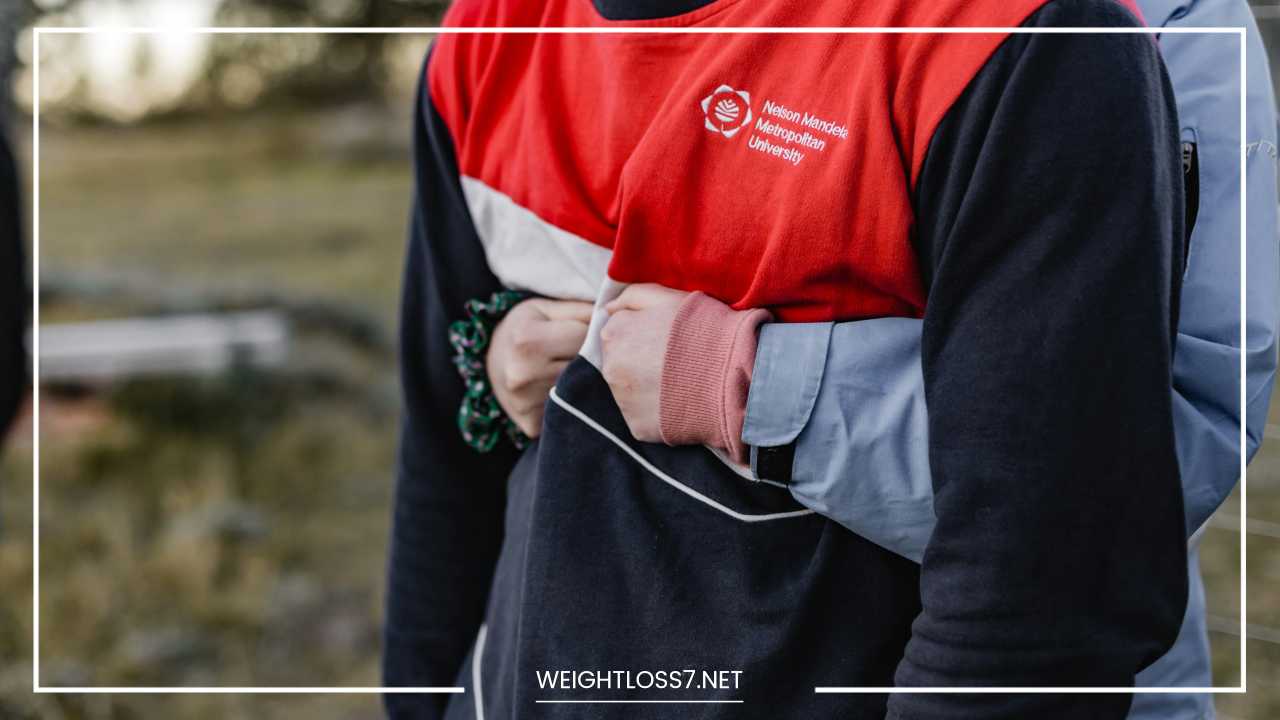First Aid: Be the Hero in an Emergency

First Aid
What is First Aid: Your Essential Guide to Emergency Preparedness
Imagine this: you’re on a white-water rafting trip, adrenaline pumping as you navigate the rapids. Suddenly, a fellow rafter loses their balance and gets thrown overboard.
They resurface, gasping for air, and panic sets in. In the chaos, knowing what to do can mean the difference between life and death. That’s where first aid comes in.
First aid is the initial assistance given to a person suffering from either a minor or serious illness or injury. It’s about taking those crucial first steps to preserve life, prevent the condition from worsening, and promote recovery until professional medical help arrives.
But first aid goes beyond just treating wounds and scrapes. It’s about assessing the situation calmly, administering appropriate care based on your knowledge and resources, and providing comfort and reassurance to the injured person.
The Profound Impact of First Aid
Being prepared for emergencies isn’t just about checking a box on a safety checklist. First aid knowledge empowers you to act decisively in a crisis, potentially saving lives and minimizing suffering. Here’s a deeper look at the far-reaching impact of first aid:
- Saving Lives: Early intervention is critical in life-threatening situations. Knowing CPR (Cardiopulmonary Resuscitation) or how to control bleeding can buy precious time until medical professionals arrive. Studies have shown that bystanders performing CPR can double or triple the chance of survival after a cardiac arrest.
- Minimizing Long-Term Damage: Prompt first aid can prevent minor injuries from escalating into serious complications. Proper wound cleaning and bandaging techniques can significantly reduce the risk of infection, for example. In the case of burns, immediate cooling can minimize tissue damage and scarring.
- Promoting Recovery: First aid helps ease pain and discomfort while the injured person awaits medical attention. Applying a cold compress to a sprain or elevating a broken limb can provide immediate relief and speed up the healing process.
- Boosting Confidence and Reducing Anxiety: Knowing how to react in an emergency can empower you and those around you. It fosters a sense of calm and control in a potentially chaotic situation. Imagine the difference between feeling helpless and paralyzed by fear versus knowing you can take action to stabilize the situation.
- Building Community Resilience: Widespread first aid knowledge strengthens communities. Bystanders equipped with basic skills can provide crucial support until emergency services arrive, improving overall outcomes and reducing the burden on healthcare systems.
The Core Principles: A Foundation for Action
First aid revolves around a few key principles that guide your actions in an emergency:
- Safety First: This is paramount. Ensure the scene is safe for yourself and the injured person before approaching. Look for potential hazards like electrical wires, traffic, or falling debris. If the scene is unsafe, call for help from a safe distance and wait for emergency services to arrive.
- Scene Size-Up: Quickly evaluate the nature and severity of the illness or injury. Are they conscious and breathing? Is there bleeding? What caused the injury? Take a moment to gather information without putting yourself or the injured person at further risk.
- Call for Help: If necessary, dial emergency services immediately. Don’t hesitate to call if you’re unsure of the severity of the situation. It’s always better to be safe than sorry.
- Administer Basic Care: Provide appropriate first aid based on your knowledge and available supplies. Focus on life-threatening emergencies first, such as ensuring an open airway and breathing, controlling bleeding, or performing CPR.
- Monitor the Condition: Keep an eye on the person’s condition until help arrives. This includes monitoring vital signs like breathing and pulse, and keeping them comfortable and calm.
Essential First Aid Skills: Be Ready to Respond
Even with limited medical training, you can make a significant difference by learning some basic first aid skills. Here’s a comprehensive breakdown of essential techniques to master:
- CPR (Cardiopulmonary Resuscitation): This lifesaving skill is used to restart a stopped heart. CPR courses are widely available and teach you how to perform chest compressions and rescue breaths to maintain circulation and oxygen flow to the brain until medical help arrives.
- Wound Care: This involves cleaning and dressing wounds to prevent infection. Knowing how to stop bleeding, clean different types of wounds (cuts, scrapes, punctures), and apply bandages are all crucial skills.
- Burns: Understanding how to cool a burn with cool running water and prevent further damage by removing clothing stuck to the burn can minimize pain and scarring.
- Choking: Knowing the Heimlich maneuver can help dislodge a foreign object stuck in someone’s airway, potentially saving their life. It’s important to learn the proper technique for adults, infants, and children.
-
Fractures and Sprains: While not a treatment itself, first aid for these injuries focuses on immobilizing the affected area to prevent further damage and minimize pain. This can involve splinting the limb with available materials or using slings for arm injuries.
-
Bleeding Control: Knowing how to control bleeding is essential. Apply direct pressure to the wound with a clean cloth and elevate the injured area if possible. If bleeding is severe, consider using a pressure bandage or improvised tourniquet (as a last resort and only with proper training).
-
Head Injuries: Head injuries can be serious and require immediate medical attention. If someone has sustained a head injury, keep them still and monitor their level of consciousness, responsiveness, and breathing.
-
Seizures: If someone is experiencing a seizure, stay calm and clear the area of any hazards. Don’t restrain the person, but try to cushion their head to prevent injury. Once the seizure subsides, place them in a recovery position on their side.
-
Environmental Emergencies: Be prepared to react to situations caused by extreme temperatures or weather events. Recognize the signs of heatstroke (headache, nausea, confusion) and hypothermia (shivering, slurred speech) and take appropriate measures to cool down or warm up the person.
-
Allergic Reactions: People with allergies may carry an EpiPen for severe allergic reactions (anaphylaxis). If someone is experiencing anaphylaxis, help them administer the EpiPen and call emergency services immediately.
-
Poisoning: If you suspect someone has been poisoned, call the Poison Control Center immediately. Do not induce vomiting unless instructed by a medical professional.
Remember: This is not an exhaustive list. There are many other first aid skills you can learn, depending on your specific needs and interests.
Building Your First Aid Kit: Essential Supplies for Emergencies
A well-stocked first aid kit is vital for being prepared at home, work, or while traveling. Here are some essential items to include, categorized for easy reference:
-
Wound Care:
- Antiseptic wipes or solution for cleaning wounds
- Sterile dressings (various sizes) in adhesive and non-adhesive options
- Gauze pads in different sizes for applying pressure and absorbing fluids
- Non-stick pads to prevent dressings from sticking to wounds
- Bandage scissors and tweezers for removing splinters or bandages
-
Bleeding Control:
- Trauma dressings for large or deep wounds
- Elastic bandages for applying pressure and creating makeshift slings or splints
-
Pain Relief and Comfort:
- Instant cold compresses for reducing swelling and pain
- Over-the-counter pain relievers like acetaminophen or ibuprofen (be sure to check expiration dates)
-
Other Essentials:
- Emergency blanket to retain body heat
- Thermometer for checking body temperature
- Disposable gloves to protect yourself from bodily fluids
- Flashlight and whistle for signaling for help
- Basic first aid manual for reference
Remember: Consider your specific needs and activities when tailoring your first aid kit. For example, if you spend a lot of time outdoors, you might want to include insect repellent, sunscreen, and tick removal tools.
Beyond the Basics: Expanding Your First Aid Knowledge
The information provided here equips you with a foundational understanding of first aid. However, there’s no substitute for proper training to build your confidence and refine your skills. Here are some ways to take your first aid knowledge to the next level:
- First Aid Courses: Numerous organizations offer comprehensive first aid and CPR courses. Consider enrolling in a course that aligns with your interests, such as wilderness first aid or pediatric first aid. Hands-on practice allows you to develop muscle memory and become more comfortable administering care in a simulated emergency.
- Online Resources: Reputable organizations like the American Red Cross https://www.redcross.org/take-a-class/lp/cpr-first-aid-aed-certification-new-hero and the Mayo Clinic https://www.mayoclinic.org/first-aid offer valuable online resources on various first aid topics. These resources can serve as a refresher for those who have already taken a course or a starting point for those who are new to first aid.
- First Aid Apps: There are a number of first aid apps available that can provide guidance and instructions in an emergency situation. While these apps should not replace proper training, they can be a helpful tool to have on hand. Look for apps from reputable organizations or medical professionals.
Empowering Yourself and Your Community Through First Aid
First aid knowledge is a valuable asset for anyone. By taking the initiative to learn basic skills and keep a well-stocked first aid kit, you’re not only preparing yourself for personal emergencies, but also becoming a potential lifesaver in your community.
The Ripple Effect of First Aid: Building a Culture of Preparedness
The benefits of first aid knowledge extend far beyond the immediate impact of responding to an emergency. Here’s how widespread first aid awareness can create a positive ripple effect within communities:
- Enhanced Public Safety: When bystanders are equipped with first aid skills, the overall response to emergencies improves. Early intervention can lead to better patient outcomes and reduce the strain on emergency medical services.
- Increased Confidence and Reduced Anxiety: Knowing how to react in an emergency empowers individuals and fosters a sense of control in potentially chaotic situations. This can lead to calmer and more coordinated responses during crises.
- Promotes a Culture of Helping: First aid knowledge encourages a spirit of helpfulness and compassion within communities. Bystanders become more likely to intervene and assist those in need, fostering a sense of collective responsibility for safety and well-being.
- Improved Workplace Safety: Equipping staff with first aid skills can significantly improve workplace safety. Employees can respond quickly to minor injuries, preventing them from escalating into more serious issues, and can potentially save lives in case of life-threatening emergencies.
- Empowering Individuals with Chronic Conditions: People with chronic conditions like diabetes or allergies can benefit from learning basic first aid specific to their condition. This knowledge allows them to manage their condition more effectively and respond confidently to potential emergencies.
Special Considerations: First Aid for Children and Infants
Children and infants present unique challenges in first aid situations. Here are some key points to remember:
-
Developmental Differences: Children’s bodies are still developing, and they may react differently to injuries and illnesses compared to adults. Be aware of these differences when assessing a child’s condition.
-
Communication Challenges: Young children may not be able to clearly communicate their symptoms or the nature of their injury. Rely on nonverbal cues and observations to assess the situation.
-
Choking Hazards: Be particularly vigilant about choking hazards in young children. Learn the proper techniques for the Heimlich maneuver for infants and children.
-
Emotional Distress: Children may experience significant emotional distress during an emergency. Stay calm and reassuring, and speak in a soothing voice.
-
Specific Courses: Consider taking a first aid course specifically designed for children and infants. These courses will equip you with the knowledge and skills to handle emergencies involving this vulnerable population.
Final Word: Your Role in Building a Culture of Preparedness
First aid knowledge is not a passive skill; it’s a powerful tool that empowers you to make a positive difference in your own life and the lives of others.
By taking the initiative to learn basic first aid skills and promoting awareness within your community, you’re contributing to a culture of preparedness that can save lives and build stronger, more resilient communities.
Remember: Even learning a few basic first aid skills can make a significant difference. Start by taking a first aid course, build a first aid kit, and keep yourself informed about best practices. Every step you take moves you closer to becoming a capable and confident first responder in your own right.

















